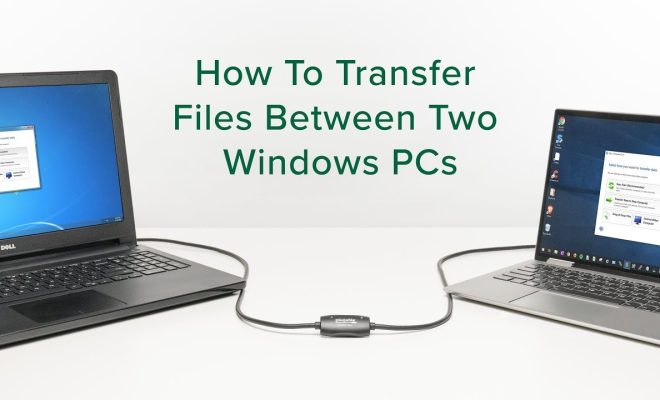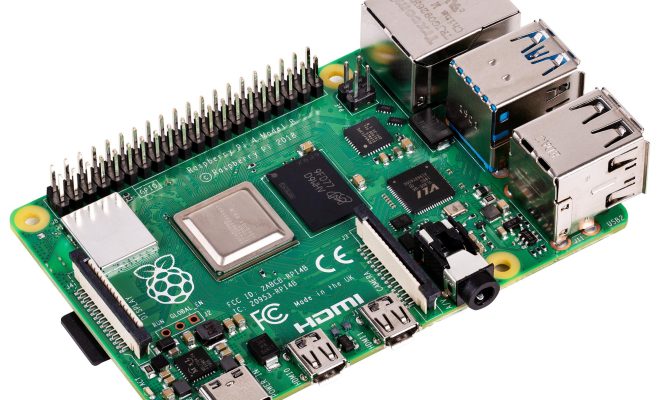EXE vs. MSI Files: What Are the Differences?

When it comes to installing software, you may have come across two types of files: EXE and MSI. But what are the differences between them, and which one should you use?
EXE stands for “executable” and is a file format used by Windows to run programs. When you download software from the internet or install it from a CD, it often comes in the form of an EXE file. To install the software, you simply double-click the file and follow the prompts in the installation wizard.
MSI stands for “Microsoft Installer” and is also a file format used for installing software on Windows. MSI files are typically used in enterprise environments, where a company may have many computers that need the same software installed. An MSI file contains all of the files needed for the installation, as well as instructions on how to install them.
So what are the differences between EXE and MSI files? The main difference is that EXE files are standalone executables, while MSI files require an installer to run. EXE files can be run directly from your computer or a CD, while MSI files must be installed using an installer program.
Another difference is that EXE files are often used for individual applications, while MSI files are used for installing software across multiple computers. MSI files can be customized to include specific options, such as a silent install or a custom installation path. This makes them ideal for large-scale deployment in corporate environments.
In terms of security, there is no real difference between EXE and MSI files. Both file types can contain malicious code, so it’s important to only download software from trusted sources and use antivirus software to protect your computer.
So which file type should you use? If you’re a home user installing software on your own computer, an EXE file is usually the easiest option. However, if you work in IT and need to install software across multiple computers, an MSI file may be a better choice.





